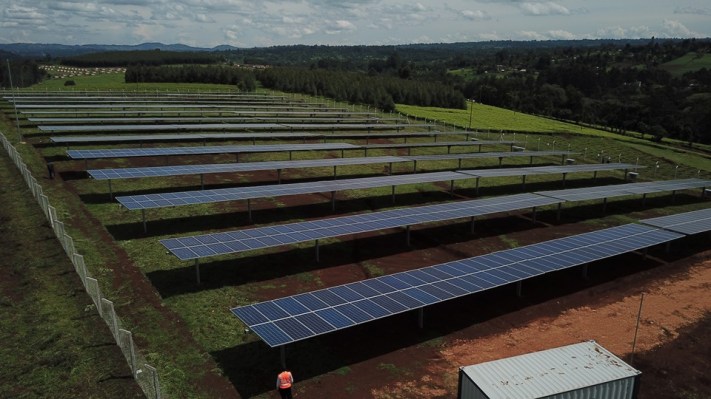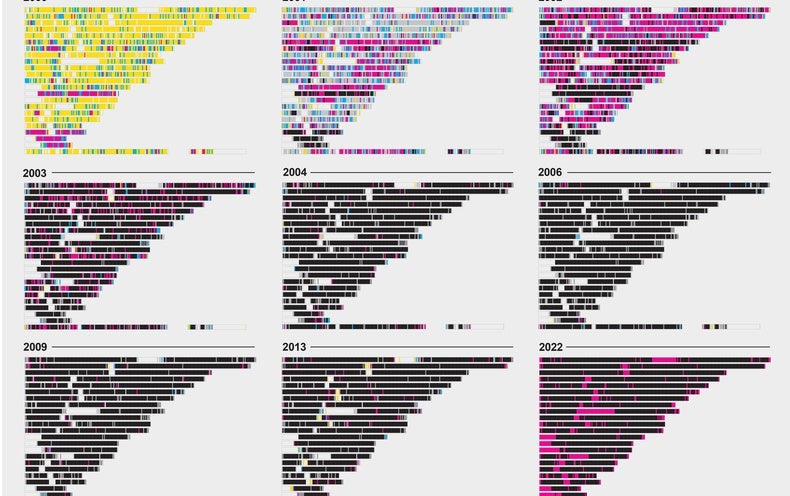Quantum-encrypted messages sent through cables over long distances are sensitive to tiny vibrations, suggesting a possible by-product of a future secure network
Technology
17 May 2022
A building destroyed by an earthquake in İzmir, Turkey, in October 2020 OZAN KOSE/AFP via Getty Images
A quantum communication technique can also measure minute vibrations in the ground, making it potentially useful for detecting earthquakes and landslides.
Quantum key distribution (QKD) uses certain properties of photons – particles of light – to encrypt data sent between two devices, making the system more secure than traditional encryption. If an eavesdropper tries to access the encrypted data, the photons’ quantum state is changed, which can be detected and the sender can choose to stop the transmission.
Jian-Wei Pan at the University of Science and Technology of China and his colleagues demonstrated a kind of QKD called twin-field QKD, which uses the way single photons interfere with each other to encrypt data. They successfully sent encrypted data over a 658-kilometre cable with minimal data loss, one of the longest distances demonstrated by any QKD system.
The encrypted information is contained in a quantum property called the photon phase, which needs to be carefully measured over the length of the cable. Any environmental disturbances, such as vibrations in the ground, also affect this phase and can be detected.
“For the first time, we showed that a twin-field QKD system can both distribute quantum keys and sense vibrations over ultra-long distances, which is a new mechanism as far as we know,” says Pan.
The rate of data transfer needs to be improved before the technology can be built into a large-scale quantum communication network. But if that happens in the future, vibration sensing could be a useful by-product of such a system, says Timothy Spiller at the University of York, UK.
One impressive aspect of the vibration sensing is how accurately the researchers can pinpoint it on the length of the cable, he adds. “They can identify that there are vibrations on the fibre, but then they also use timing information to locate where that vibration is on the fibre to within around a kilometre of accuracy.”
Journal reference: Physical Review Letters, DOI: 10.1103/PhysRevLett.128.180502
More on these topics:



























































